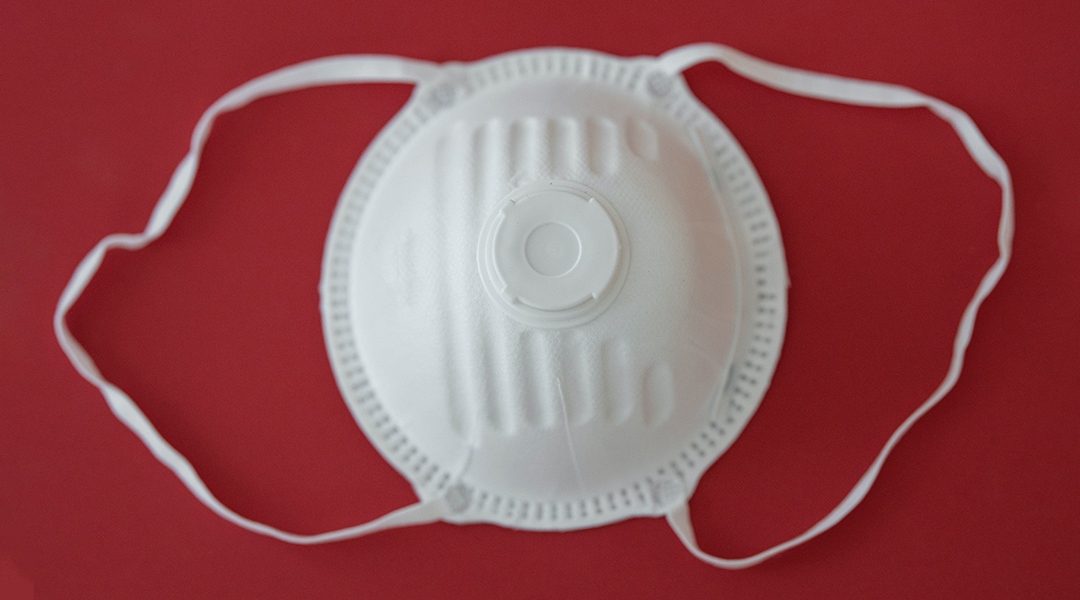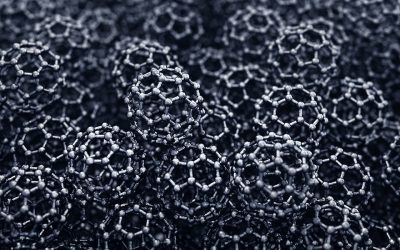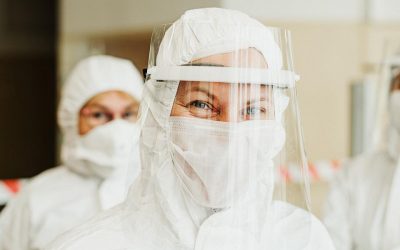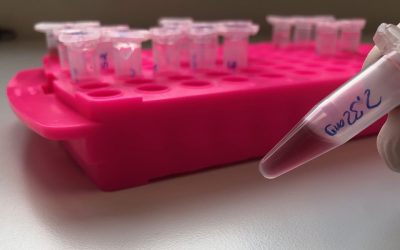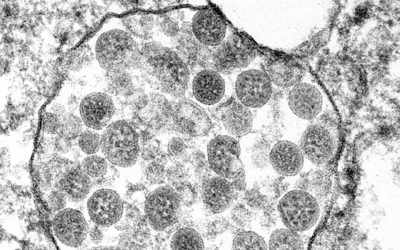Image credit: Engin Akyurt on Unsplash
Since the onset of the COVID-19 pandemic, many countries have introduced mask mandates in public spaces to reduce the rate of transmission. In most indoor settings (and depending on the country), people wear a range of mouth coverings from simple cloths, such as bandanna or scarves, to professional masks. But do all types of facial masks provide sufficient protection against transmission of respiratory infections? And does the fabric (cotton, silk, polyester, etc.) make any difference?
These are some of the questions that Professor Karl Mandel and his research team at Friedrich-Alexander University, Erlangen-Nürnberg (FAU) sought to answer with a new setup that uses a fine spray technique to evaluate the particle retention capability of different tissues in face masks under different “breathing scenarios”.
“The test results indicate that mask tissues can reduce particle transmittance,” said Mandel. “However, they also indicate that there are differences in mask tissues and that it clearly matters which tissue is used and not all masks can be considered to perform equally well.”
The standard surgical masks (medical masks) and the filtering facepiece respirators (FFRs) have been widely used in the past few decades. While the surgical mask is useful in the operating room during surgery to prevent the spread of germs and pathogens to patients, the FFRs are mostly designed to protect the wearer.
To assess the efficiency of different types of masks, several standard testing procedures are commonly used. The NIOSH NaCl test, which is certified by the US National Institute for Occupational Safety and Health (NIOSH), is based on measuring the concentration of neutralized aerosol NaCl nanoparticles passing through the filtering material. According to the NIOSH, N95 facepiece respirator must retain at least 95% NaCl nanoparticles. Particulate filtration efficiency (PFE) is another test that is approved by American Society for Testing and Materials (ASTM), which uses dry aerosol from polystyrene latex particles. These tests are typically used for “professional” masks and, as a result, there are not enough data on the performance of simple mouth coverings.
Using silica nanoparticles dispersed in water and sorbitol solution (to mimic saliva), as a first approximation of virus particles, Mandel’s group tagged the particles with a fluorescent dye and monitored the penetration of particles through the tissues by adjusting the speed of gas flow to model different transmission scenarios.
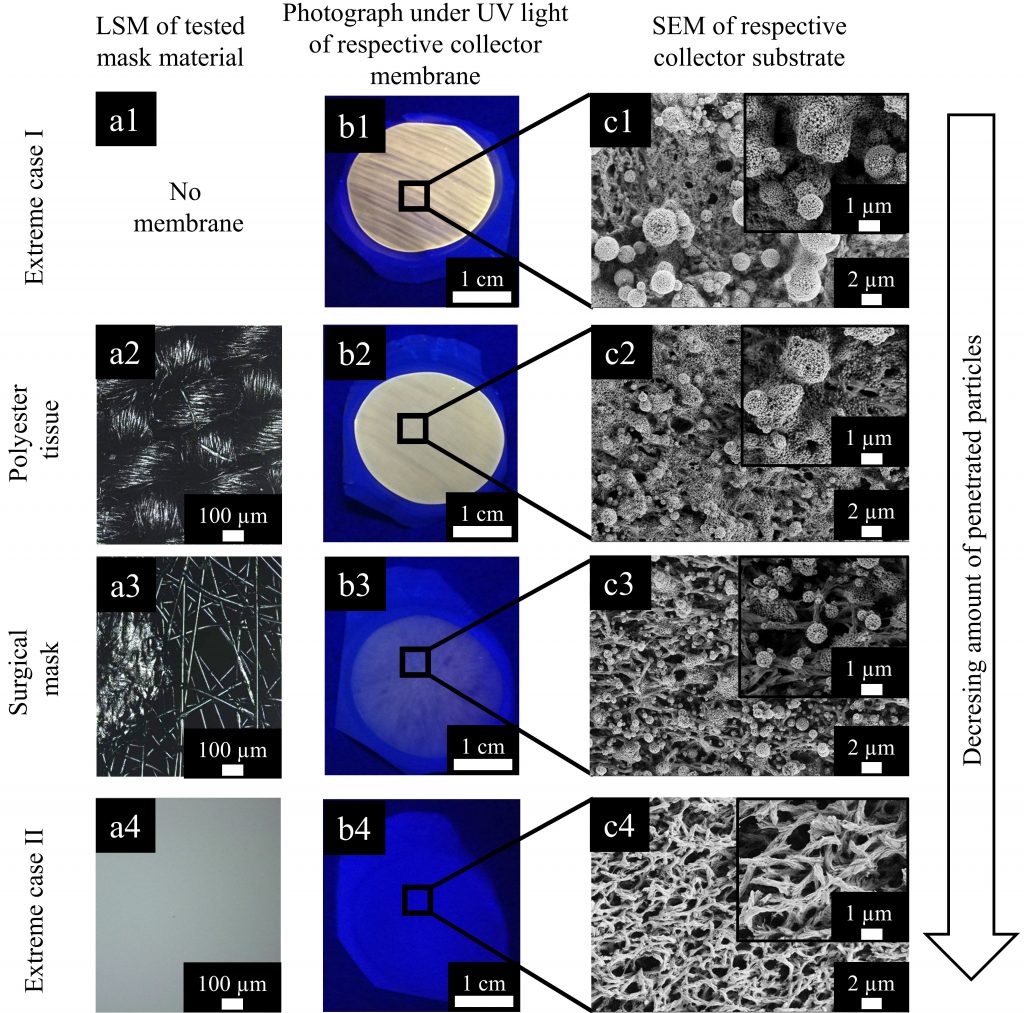
The team investigated the efficiency of different mask materials and found that the masks made of polyester fabric have the lowest efficiency, as the polymer has lower affinity to water-based aerosol. In contrast, filtering facepiece masks followed by the surgical mask show very high particle retention capability. The masks based on cotton and paper have an intermediate performance of 50-80% depending on the number of layers used, as shown by Mandel’s experiments.
“Still, any mask material reduces the amount of penetrated particles but some mask materials are more suitable,” he added. “In our study, results suggest that among all tested mask materials ultimately, only highly dense barriers such as in FFP3 and FFP2 masks prevent silica nanoparticle penetration.”
Reference: Maximilian Oppmann, et al., A Simple Model Setup Using Spray‐Drying Principles and Fluorescent Silica Nanoparticles to Evaluate the Efficiency of Facemask Materials in Terms of Virus Particle Retention, Advanced Materials Technologies (2021). DOI: 10.1002/admt.202100235

